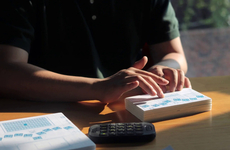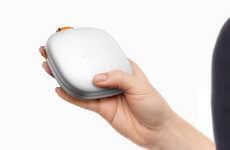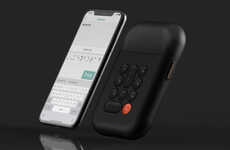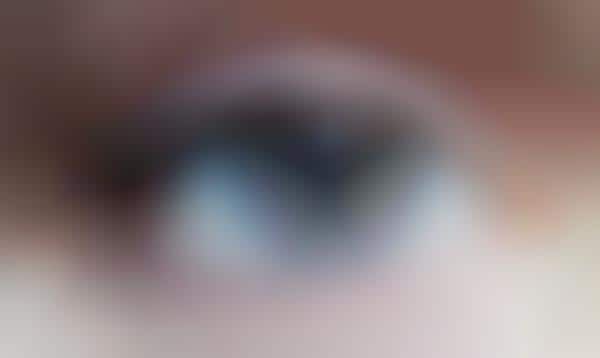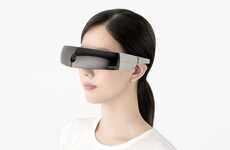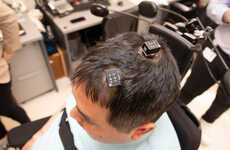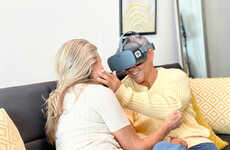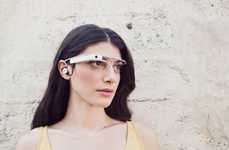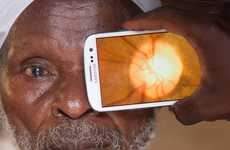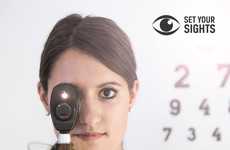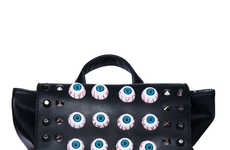
The Modified Argus II Eye Prothesis Helps People Read Braille with Eyes
Meghan Young — November 27, 2012 — Lifestyle
References: newscientist & theverge
Back in 2007, an eye implant made headlines because it ushered in the hope of banishing blindness for good; now a modified Argus II eye prothesis can potentially close the gap even more, if in an unexpected way. It focuses on expediting blind people's rehabilitation into a visual world by providing them with a way to read braille with their eyes rather than by touch.
Developed in in Sylmar, California, by Second Sight, the modified Argus II eye prothesis "works by transmitting images from a face-mounted camera to nerves at the back of the eye with electrical signals," according to The Verge. Led by Thomas Lauritzen, the team has worked with a patient who can identify 89 percent of individual braille letters.
Developed in in Sylmar, California, by Second Sight, the modified Argus II eye prothesis "works by transmitting images from a face-mounted camera to nerves at the back of the eye with electrical signals," according to The Verge. Led by Thomas Lauritzen, the team has worked with a patient who can identify 89 percent of individual braille letters.
Trend Themes
1. Implantable Eye Prothesis - Disruptive innovation opportunity: Develop advanced implantable eye prothesis technology to enhance visual experiences for the visually impaired.
2. Braille-reading Technology - Disruptive innovation opportunity: Create innovative solutions that enable blind individuals to read braille using their eyes, providing a new level of independence and autonomy.
3. Neuroprosthetics - Disruptive innovation opportunity: Explore the development of neuroprosthetic devices that interface with the human nervous system to restore sensory functionality.
Industry Implications
1. Medical Devices - Disruptive innovation opportunity: Revolutionize the field of medical devices by advancing implantable technologies for the visually impaired.
2. Assistive Technology - Disruptive innovation opportunity: Pioneer the field of assistive technology by creating novel solutions that empower blind individuals through braille-reading technologies.
3. Neuroscience - Disruptive innovation opportunity: Innovate in neuroscience research to develop cutting-edge neuroprosthetic devices with applications in sensory restoration.
2.8
Score
Popularity
Activity
Freshness

